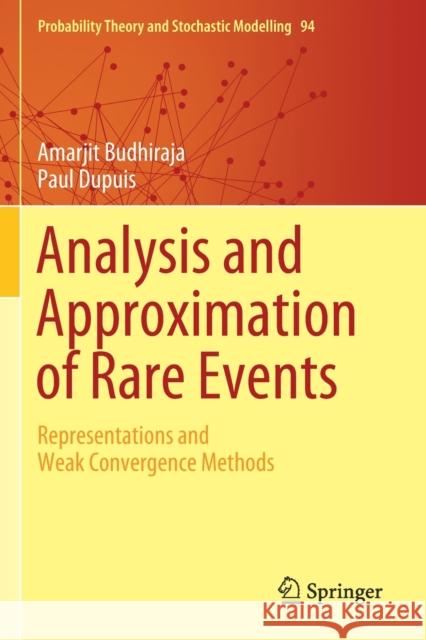Analysis and Approximation of Rare Events: Representations and Weak Convergence Methods » książka
topmenu
Analysis and Approximation of Rare Events: Representations and Weak Convergence Methods
ISBN-13: 9781493996223 / Angielski / Miękka / 2020 / 574 str.
Analysis and Approximation of Rare Events: Representations and Weak Convergence Methods
ISBN-13: 9781493996223 / Angielski / Miękka / 2020 / 574 str.
cena 564,88
(netto: 537,98 VAT: 5%)
Najniższa cena z 30 dni: 539,74
(netto: 537,98 VAT: 5%)
Najniższa cena z 30 dni: 539,74
Termin realizacji zamówienia:
ok. 22 dni roboczych
Bez gwarancji dostawy przed świętami
ok. 22 dni roboczych
Bez gwarancji dostawy przed świętami
Darmowa dostawa!
Kategorie:
Kategorie BISAC:
Wydawca:
Springer
Seria wydawnicza:
Język:
Angielski
ISBN-13:
9781493996223
Rok wydania:
2020
Wydanie:
2019
Numer serii:
000712318
Ilość stron:
574
Waga:
0.81 kg
Wymiary:
23.39 x 15.6 x 3.07
Oprawa:
Miękka
Wolumenów:
01
Dodatkowe informacje:
Wydanie ilustrowane











